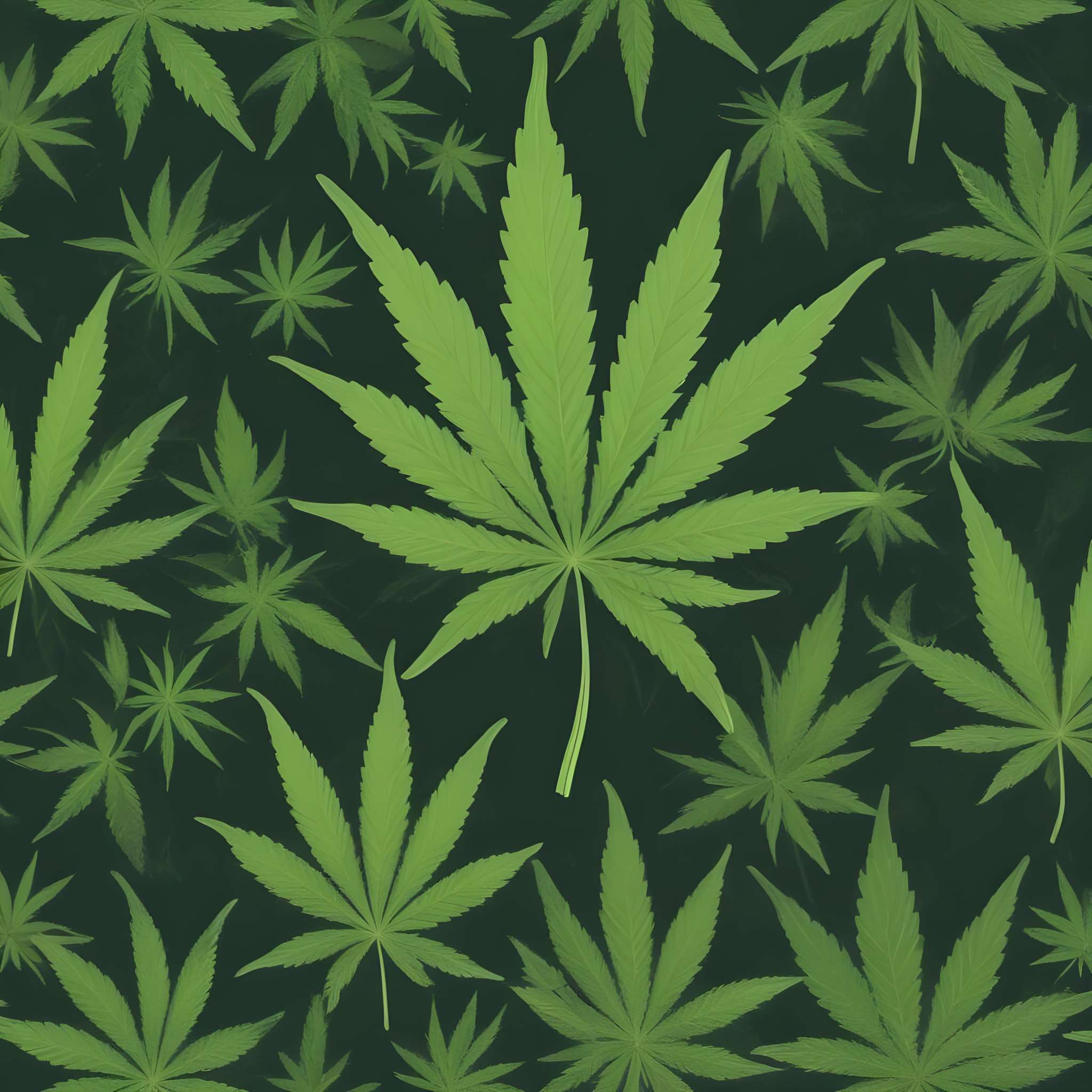Table of Contents
Growing cannabis can be an extremely rewarding endeavor, but like any plant requires certain conditions for proper growth. Two essential aspects in the cultivation of cannabis plants include providing proper watering and lighting. This article offers guidelines to optimize these conditions to ensure they support healthy and productive cannabis plants.
Understanding the Basics of Watering Cannabis Plants
Watering cannabis plants properly involves more than simply the amount and frequency of your water usage; it requires understanding their individual needs as they progress through various growth stages.
- Before Watering, check your soil with your finger. If it feels dry, now may be the time to water; otherwise, allow at least 24 hours before checking again.
- Water Deeply and Evenly: Make sure there is some runoff from the bottom of the pot so you know it has reached all the deeper roots. Avoid overwatering which may cause root rot issues.
Watering practices must evolve as your plants mature. Young plants are particularly prone to overwatering, which can cause root rot and other fungal issues while underwatering can stress out a plant and lead to stunted growth or even drooping leaves and stunted progress. Room temperature water should be preferred since cold water shocks the roots, slowing their development further. Monitoring daily signs of stress or dehydration in your plants will allow you to tailor watering techniques according to their individual needs for optimum growth.
Select the Appropriate Light Sources for Cannabis Growth
Lighting is essential for cannabis plants to perform photosynthesis and grow robustly, so here’s how you can ensure they get enough light:
- Natural Vs Artificial Light: When growing outdoors, plants require direct sunlight for at least six hours each day; indoors you’ll need to simulate this intensity with grow lights like LED or HPS (High-Pressure Sodium) lights that provide more uniform spectrums of illumination.
- Cannabis plants need different light schedules depending on their stage of growth. When in the vegetative stage, 18-24 hours of light is sufficient; for the flowering stage however, 12 hours of continuous light and 12 uninterrupted dark cycles must occur for proper flowering to take place.
Light intensity plays an essential part in the development of cannabis plants. Lack of sufficient lighting can result in weak, long stems and sparse foliage as plants seek light sources to illuminate. To avoid this from happening, make sure your light source can cover all your canopy plants as they grow taller, as well as regularly cleaning bulbs and fixtures to maximize efficiency and maintain strong, healthy plants.
Advanced Watering techniques
As your experience increases, more sophisticated watering techniques may emerge that can greatly improve both health and yield for your cannabis plants.
- Mulch: Spreading mulch around your plants can help conserve soil moisture and regulate temperatures, while drip irrigation systems offer direct access to plant roots while saving you time by minimizing evaporation.
- Integrating a scheduled watering system like drip irrigation into the growing process helps ensure steady growth. An automated system eliminates manual effort for larger grows or during grower absences, and measuring pH and nutrient levels in your watering solution will allow you to tailor feeding regimens according to plants’ growth stages and nutritional needs, leading to healthier development and higher yields.
Optimizing Light to Achieve Maximum Yield
To get the most from your lighting setup, keep these in mind:
- Rotate Your Plants Regularly: Rotating your plants ensures all parts receive equal exposure to light, which promotes even growth while helping avoid weak spots from appearing.
- Reflective Walls: Utilizing reflective materials on the walls surrounding your plants to reflect light back onto them can increase efficiency and exposure, providing more light exposure.
Efficient lighting doesn’t just depend on choosing the appropriate type of light source; it requires optimizing its effects, too. Ensuring all parts of a plant receive uniform light exposure can profoundly affect overall plant health and yield. Automating this process with timers and strategically placed lights makes lighting management simpler yet more effective. Monitoring how light affects leaf orientation and spacing patterns helps adjust lighting position and intensity levels to ensure your cannabis plants receive enough illumination throughout their growth cycles.
For further insight and updates regarding cannabis cultivation, visit The Sacramento Bee now.
Conclusion
Proper watering and lighting practices go beyond simply following a routine; they involve closely observing and responding to your cannabis plants as they develop.
By understanding and implementing the tips outlined above, you can create an ideal environment that promotes the healthful, vigorous growth of cannabis. Remember, each plant is different, and part of gardening’s appeal lies in learning to read subtle signs that indicate exactly what your plants need – this attentive care will not only benefit them but also add joyous satisfaction as you watch your harvest flourish under your care!


